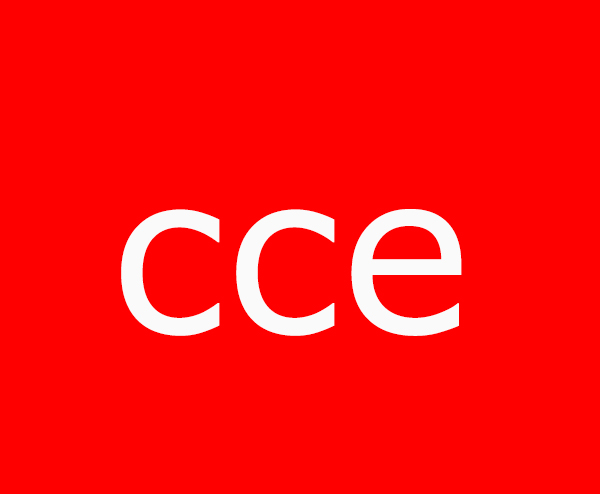In a move that’s turning heads across Silicon Valley, artificial intelligence giants Google and OpenAI — typically considered fierce rivals — have quietly signed a strategic partnership that may reshape the future of cloud computing and AI infrastructure.
What Happened?
According to recent reports, OpenAI has tapped Google Cloud for additional computing power to support the increasing demand for its ChatGPT and other AI services.
While Microsoft remains OpenAI’s primary cloud partner and investor, the decision to engage Google marks a notable shift — and signals a deeper change in the competitive landscape.
Google Cloud will provide access to its TPUs (Tensor Processing Units) and advanced infrastructure, helping OpenAI keep up with usage spikes and ensure uninterrupted service for its growing user base, which includes both consumers and enterprise clients.
“This isn’t just about infrastructure. It’s about strategic survival in a race where demand is outpacing capacity,” said one industry insider.
Why This Is a Big Deal
For years, Google and OpenAI have represented opposite ends of the AI spectrum:
-
OpenAI: Backed by Microsoft, known for ChatGPT and API services.
-
Google: Developer of Gemini, Bard (now Gemini), and AI tools embedded across Search and Workspace.
This new collaboration highlights how necessity can override rivalry. Simply put, the need for compute is greater than the need for competition — at least when it comes to infrastructure.
Key Takeaways
-
Diversification of Resources: OpenAI is hedging against overreliance on Microsoft Azure, a wise move given the scale of AI workloads.
-
Google Cloud Gains Credibility: Securing OpenAI as a client boosts Google Cloud’s positioning as a top-tier AI compute provider, alongside AWS and Azure.
-
AI Industry Enters New Phase: As models get bigger and more users come onboard, partnerships like this may become the norm — even among competitors.
Behind the Scenes: TPU Powerplay
While OpenAI traditionally relies on NVIDIA GPUs via Azure, Google’s custom TPUs offer cost-efficient, high-speed alternatives.
For OpenAI, this not only provides an immediate solution to scaling issues, but also opens up technical experimentation across different chipsets — something that could influence the future design of AI systems.
For Google, it’s validation. While it’s been playing catch-up in the generative AI race, winning OpenAI’s business (even partially) gives its cloud division a powerful narrative: We power the best, even if we didn’t build it.
Implications for the Future
This partnership could indicate a new trend: coopetition — where competitors cooperate for mutual gain.
As the AI boom intensifies, even the biggest players are learning that scalability, speed, and reliability can’t be achieved in isolation.
We may soon see more cross-cloud AI deployments, hybrid compute solutions, and unexpected collaborations — driven not by loyalty, but by sheer necessity.
A Turning Point in the AI Arms Race
The OpenAI–Google Cloud deal is more than just a resource-sharing agreement. It represents a strategic inflection point in the world of artificial intelligence — one where flexibility, agility, and cooperation may outshine long-standing rivalries.
As AI continues to define the next generation of computing, today’s enemies might just be tomorrow’s enablers.
Also Read
Cloudflare Hits 52-Week High Before Slipping on Debt Offering News
Quantum Computing Inc. (QUBT) Rockets Over 25% as Sector Enthusiasm Reaches a Fever Pitch

